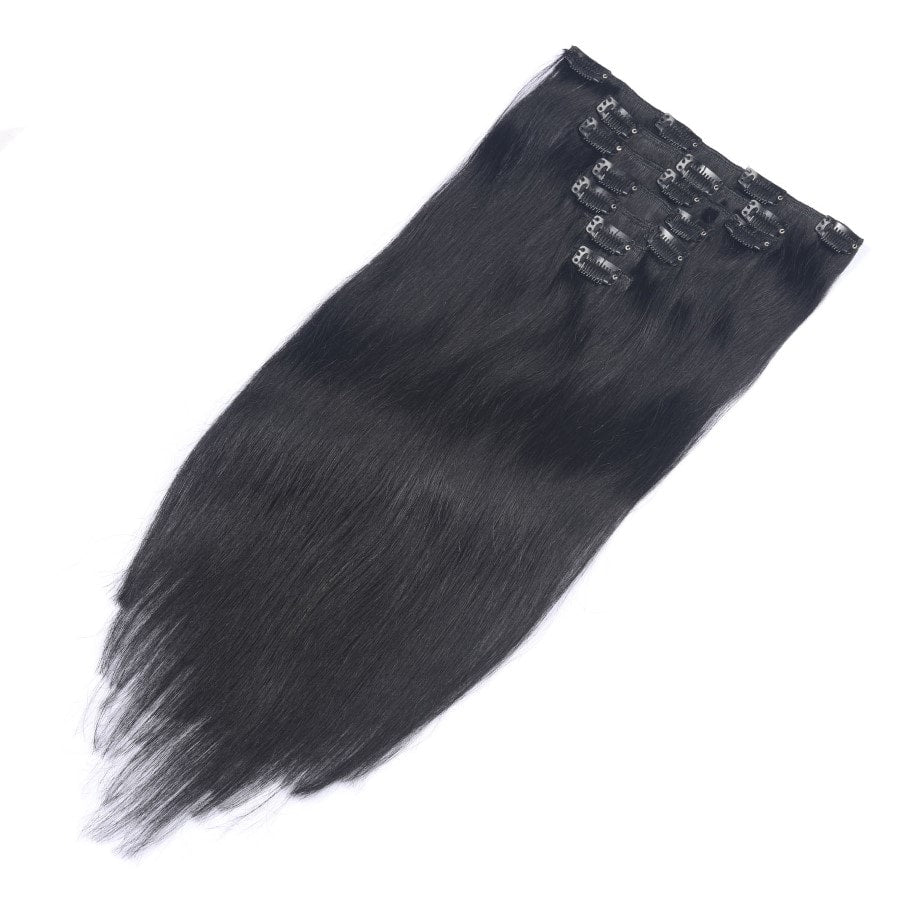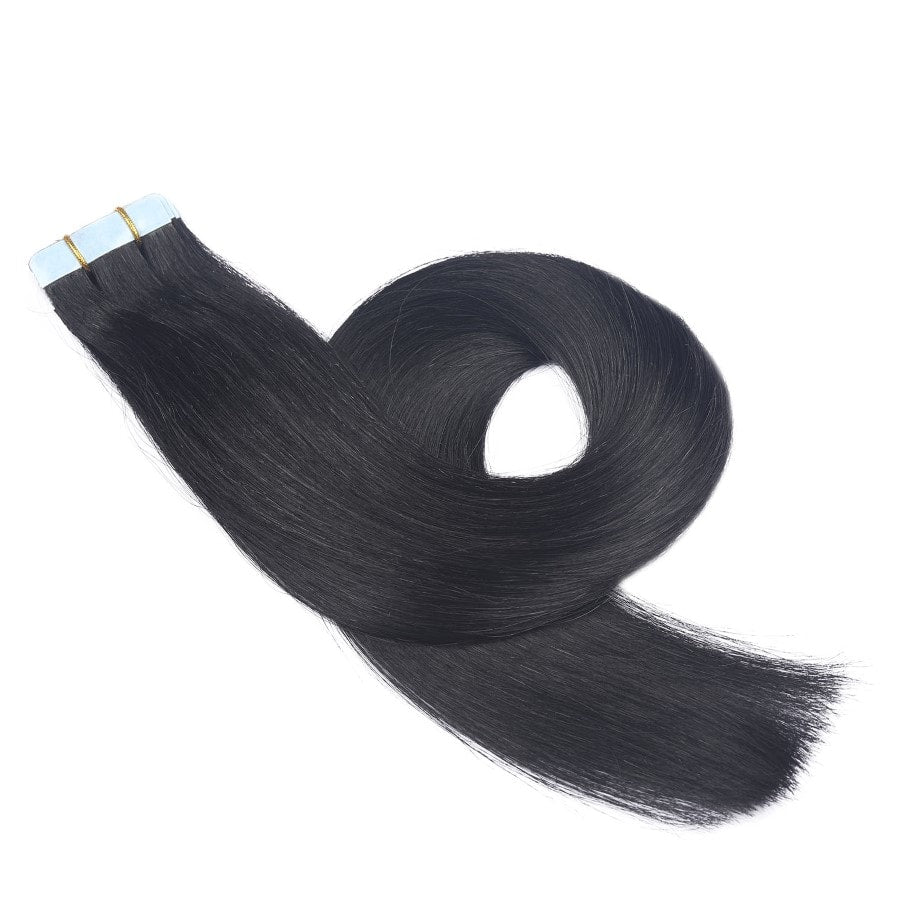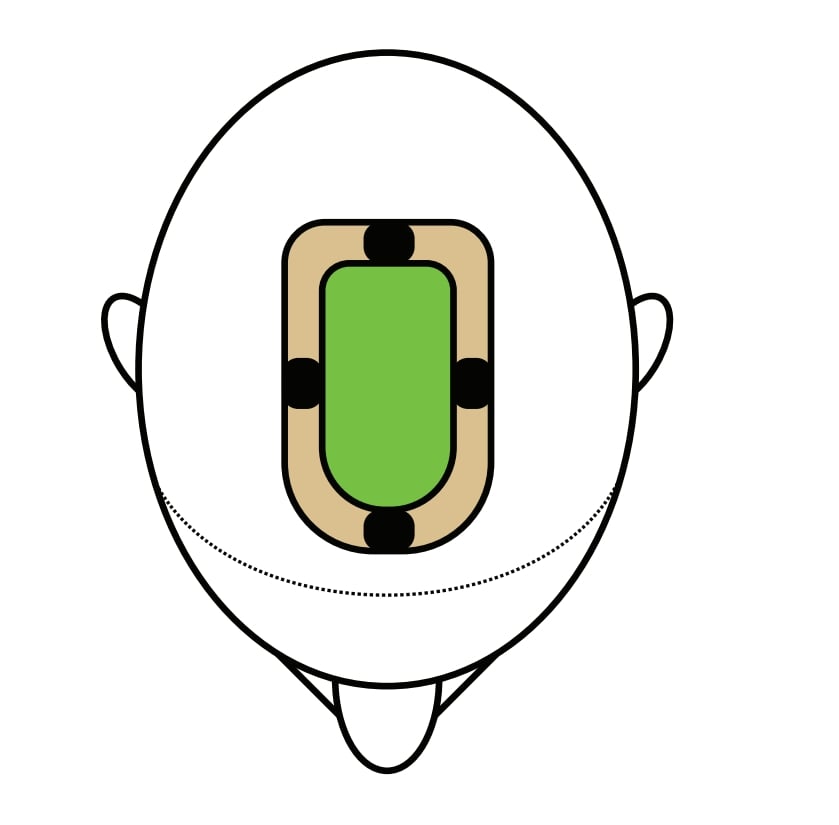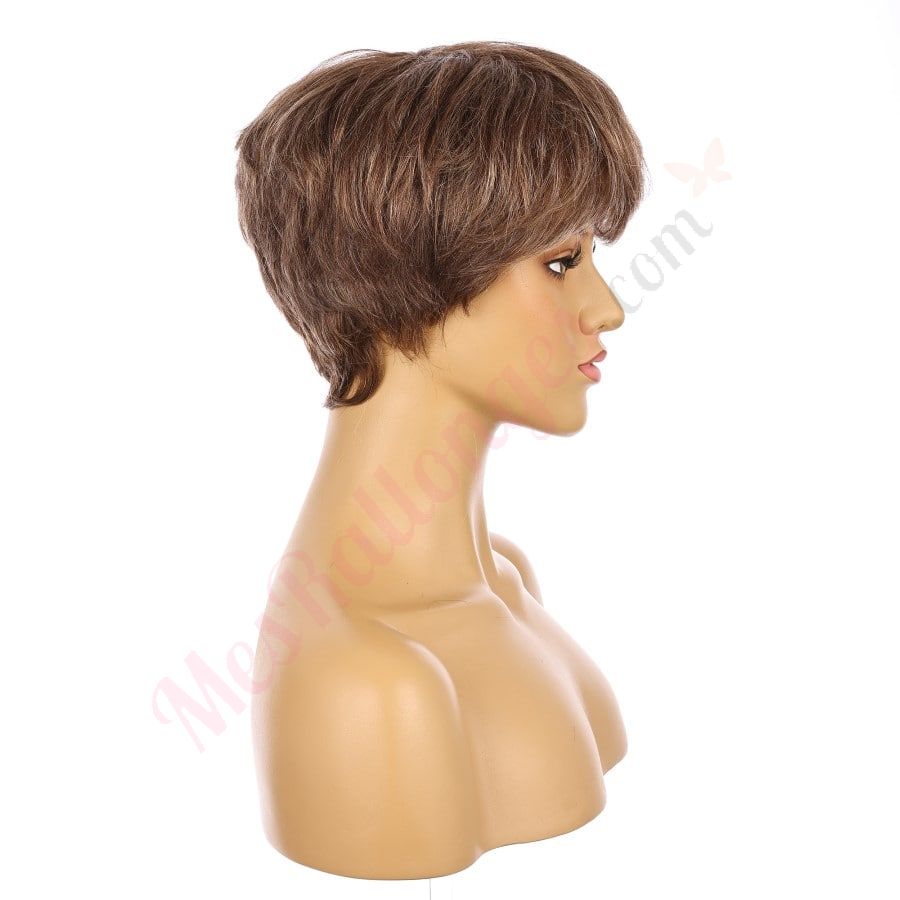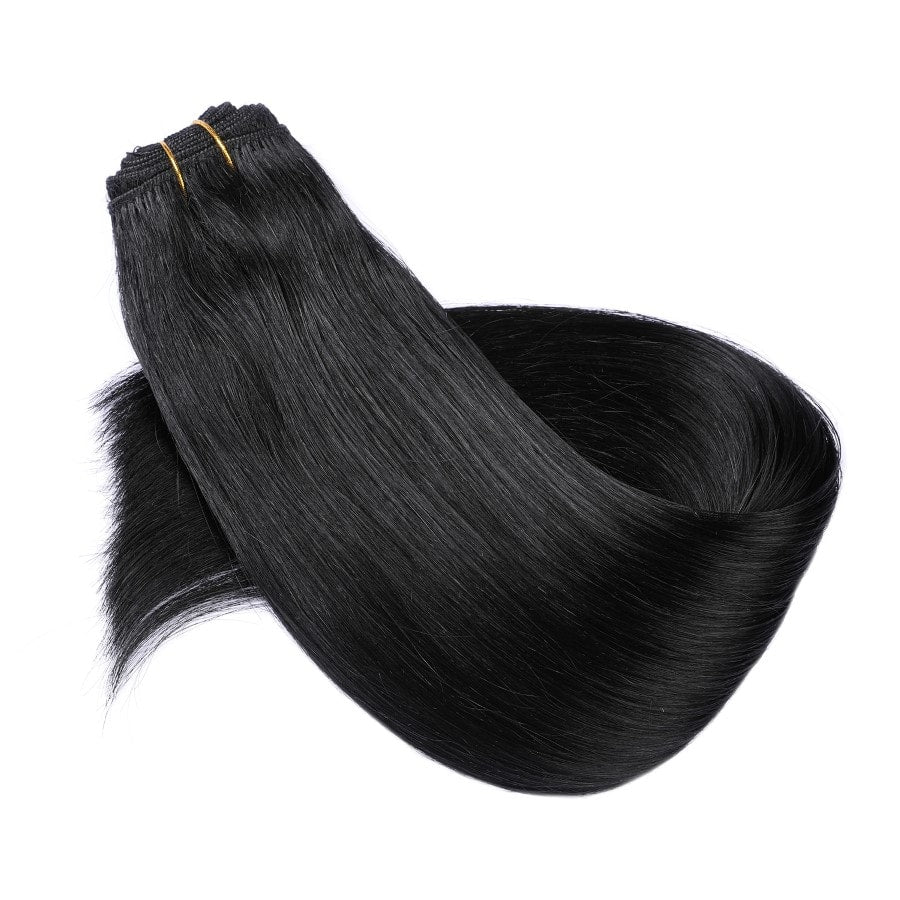Key Takeaways
- Preparation is crucial: Brush and detangle your hair extensions, apply heat protectant, and use the right tools before styling.
- Use low heat settings: Always opt for the lowest effective heat setting to prevent damage.
- Test a small section: Check the heat setting on a small section of hair before proceeding.
- Style in small sections: This ensures even heat distribution and a polished look.
- Avoid high heat and styling wet extensions: These practices can cause severe damage to your extensions.
- Limit heat styling frequency: Overuse of heat tools can shorten the lifespan of your extensions.
- Post-styling care is essential: Let extensions cool, use a wide-tooth comb, and apply a serum or oil to maintain their quality.
- Avoid common mistakes: Use appropriate products, follow maintenance tips, and limit heat tool use.
Introduction
Heat styling hair extensions can be a game-changer, allowing you to achieve a variety of looks from sleek straight hair to voluminous curls. However, it's crucial to handle your extensions with care to maintain their quality and longevity. In this blog post, we'll guide you through the do's and don'ts of heat styling your hair extensions, ensuring they stay beautiful and healthy for as long as possible. Whether you're new to extensions or a seasoned pro, these tips will help you get the most out of your investment.
Section 1: Preparing Your Hair Extensions for Heat Styling
Brush and Detangle
Before applying any heat, make sure your hair extensions are thoroughly brushed and free of tangles. Use a wide-tooth comb or a brush specifically designed for extensions to gently detangle the hair. This step is crucial to prevent breakage and ensure even heat distribution.
Apply Heat Protectant
Always use a heat protectant spray or serum on your hair extensions before styling. This creates a protective barrier between the hair and the heat, minimizing damage and keeping the extensions looking smooth and shiny.
Use the Right Tools
Invest in high-quality heat styling tools with adjustable temperature settings. Tools with ceramic or tourmaline plates are ideal as they distribute heat evenly and reduce the risk of damage. Avoid using tools that don't allow you to control the heat, as excessive heat can severely damage your extensions.
Section 2: Heat Styling Do's
Use Low Heat Settings
Always use the lowest heat setting necessary to achieve your desired style. High heat can cause significant damage to hair extensions, reducing their lifespan and altering their appearance.
Test a Small Section First
Before styling all your extensions, test the heat setting on a small, inconspicuous section. This helps you ensure the temperature is safe and effective for your extensions, preventing widespread damage.
Style in Small Sections
Work in small sections when using heat tools. This allows for better control and more even heat distribution, resulting in a more polished and professional look.
Keep the Heat Moving
When applying heat, keep the tool moving to avoid concentrating heat on one spot for too long. This helps prevent hot spots that can damage the hair and ensures a smoother, more uniform style.
Section 3: Heat Styling Don'ts
Avoid High Heat
Never use the highest heat setting on your styling tools. High temperatures can cause irreversible damage to your hair extensions, making them dry, brittle, and prone to breakage.
Don't Style Wet Extensions
Ensure your hair extensions are completely dry before applying any heat. Styling wet or damp extensions can lead to severe damage, as the heat can cause the moisture to turn into steam, which can weaken the hair strands.
Avoid Frequent Heat Styling
Try to limit how often you use heat styling tools on your extensions. Frequent heat styling can lead to cumulative damage, shortening the lifespan of your extensions. Consider alternative styling methods, like braiding or using rollers, to achieve different looks without heat.
Don't Skip Heat Protectant
Never skip the heat protectant step. Failing to use a protective product can leave your extensions vulnerable to damage from the heat, leading to dryness and breakage over time. Always apply a generous amount of heat protectant before styling.
Section 4: Post-Styling Care
Let Extensions Cool Down
After styling, allow your hair extensions to cool completely before touching or brushing them. This helps set the style and reduces the risk of damage caused by manipulating hot hair.
Use a Wide-Tooth Comb
Once the extensions have cooled, gently comb through them with a wide-tooth comb. This helps to maintain the style without causing breakage or tangling. Avoid using fine-tooth combs or brushes immediately after styling, as they can disrupt the style and damage the hair.
Apply Serum or Oil
Finish your styling routine by applying a lightweight serum or oil to your extensions. This adds shine, reduces frizz, and helps protect the hair from environmental damage. Choose products specifically designed for use with hair extensions to avoid buildup and maintain the natural look and feel of the hair.
Section 5: Common Mistakes to Avoid
Using the Wrong Products
Not all hair products are suitable for extensions. Avoid using products that contain alcohol, sulfates, or harsh chemicals, as these can strip the hair of its natural oils and cause damage. Stick to products specifically formulated for hair extensions to keep them looking their best.
Ignoring Maintenance Tips
Proper maintenance is key to prolonging the life of your hair extensions. Follow recommended care routines, including regular washing, conditioning, and gentle handling. Neglecting maintenance can lead to tangling, matting, and a decrease in the overall quality of the extensions.
Overusing Heat Tools
Relying too heavily on heat styling tools can cause cumulative damage to your hair extensions. Even with proper precautions, frequent heat styling can weaken the hair over time. Incorporate heat-free styling methods into your routine to give your extensions a break and extend their lifespan.
Conclusion
Heat styling your hair extensions can help you achieve a wide range of beautiful looks, but it’s important to handle them with care to maintain their quality and longevity. By following the do's and don'ts outlined in this guide, you can enjoy the versatility of heat styling while keeping your extensions healthy and stunning. Remember, the key to gorgeous hair extensions is a combination of the right products, tools, and techniques. Happy styling!
FAQ
-
Can I use any heat protectant on my hair extensions?
- It's best to use heat protectants specifically designed for hair extensions to avoid buildup and damage.
-
What temperature should I set my styling tools to?
- Use the lowest effective temperature, typically between 250°F and 300°F, to prevent damage.
-
Can I style my hair extensions while they're wet?
- No, always ensure your extensions are completely dry before applying heat.
-
How often can I heat style my hair extensions?
- Limit heat styling to once or twice a week to prevent cumulative damage.
-
What tools are best for heat styling hair extensions?
- Use high-quality tools with ceramic or tourmaline plates and adjustable heat settings.
-
How do I detangle my hair extensions before styling?
- Use a wide-tooth comb or a brush designed for extensions to gently remove tangles.
-
Is it necessary to let extensions cool down after styling?
- Yes, letting them cool helps set the style and reduces the risk of damage.
-
Can I use regular shampoo and conditioner on my extensions?
- Use products specifically formulated for hair extensions to maintain their quality.
-
How do I maintain my extensions after heat styling?
- Apply a lightweight serum or oil and follow regular maintenance routines like gentle washing and conditioning.
-
What should I do if my extensions get damaged from heat styling?
- Trim the damaged ends, deep condition the extensions, and reduce heat styling frequency.


